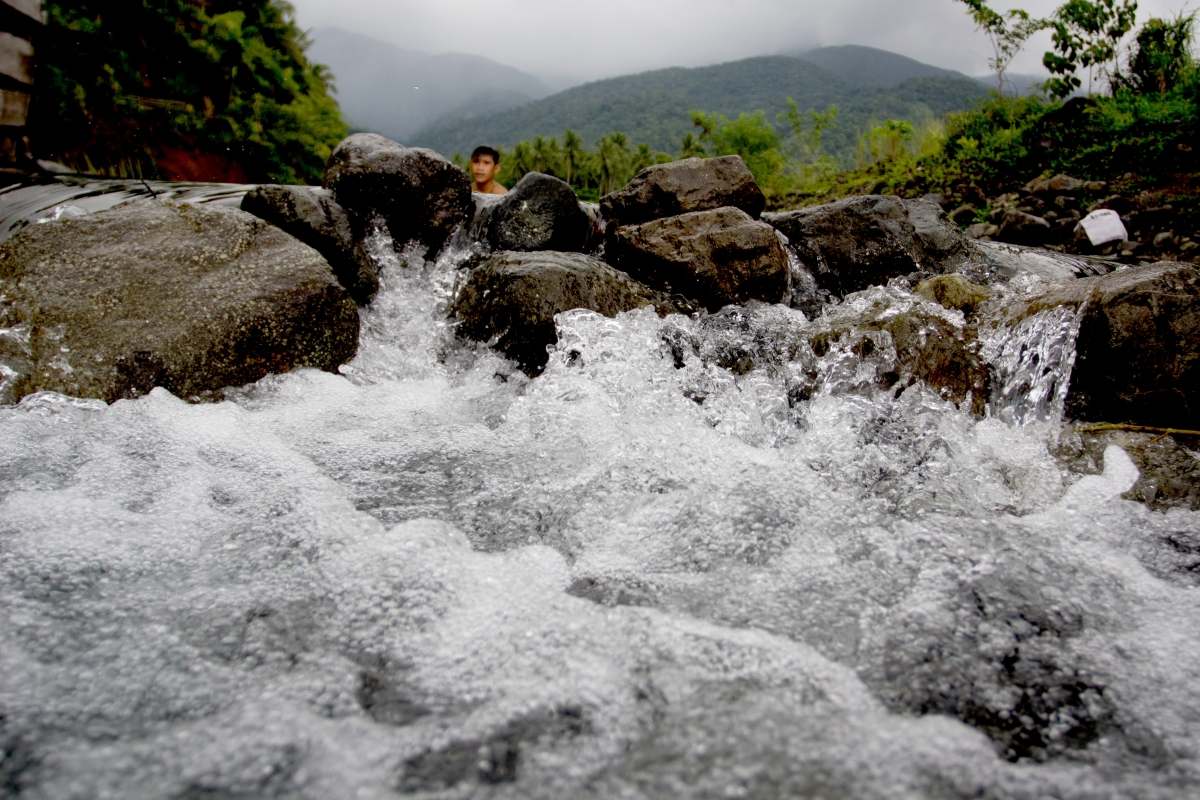MANILA, Philippines – Clean water, one of Earth’s most important resources, is largely dependent on forests that are found upstream. Forested lands which act as filters that provide for everyone’s clean water are vital to the world’s increasing demand of supply.
Indigenous forest peoples use and manage their forested lands in many different ways – for subsistence, health and medicines, livelihoods, and even for traditional and cultural uses. The undeniable connection between their lifestyles and the resources around them proves to be the basis of survival not just of these indigenous communities but also of the majority of the Earth’s population who live in cities downstream. When the fast-changing lifestyles and unsustainable industries such as industrial logging and mining takes place, peoples and the forests that preserve the very delicate water balance, the whole of the Earth is being threatened.
According to René Castro-Salazar, Assistant Director-General of the FAO Forestry Department: “The value of forests can be measured in human lives too – the most important metric. In Africa, there is strong evidence that the extensive deforestation currently taking place in the tropical central belt is having an impact on water supplies in other parts of the continent, such as Ethiopia in the east. Some people have been forced to migrate from their homeland as a result. It is a sobering thought that forest management decisions – or lack of them –can have such a devastating effect on communities situated thousands of miles (kilometres) away.”
He adds: “Clearly, the links between forests, water, and human well-being are many – and cannot be ignored.”
So how exactly do forests contribute to everyone’s water needs? Find out with these seven Forest and Water key messages from the Food and Agriculture Organization of the United Nation, this International Day of Forests.
Forested watersheds and wetlands supply 75 percent of the world’s accessible fresh water for domestic, agricultural, industrial and ecological needs

Forests are a key component of watershed management – an integrated approach of using natural resources in a given geographical area drained by a water course. It is by maintaining and providing high-quality freshwater that watershed areas have a pivotal role in the earth’s ecology and contribute significantly to the wealth and welfare of human societies.
About one-third of the world’s largest cities obtain a significant proportion of their drinking water directly from forested protected areas

The populations of major cities such as Mumbai, Bogotá and New York rely on forests for their water supplies. This number will increase as urban centres grow in size and population.
Nearly 80 percent of the world’s population – 8 out of 10 people – is exposed to high levels of threat to water security

By 2050, an extra 2.3 billion people are projected to be living in river basins under severe water stress, especially in North and South Africa, and South and Central Asia.
Forests act as natural water filters

Forests minimize soil erosion on site, reduce sediment in water bodies (wetlands, ponds, lakes, streams, rivers) and trap or filter water pollutants in the forest litter.
Climate change is altering forests’ role in regulating water flows and influencing the availability of water resources

Forests are at the forefront of reducing the effects of climate change. In respect of water, one benefit is forests’ cooling effect on the environment produced through evapotranspiration and the provision of shade. The impacts of climate change may also be manifested in an increase in catastrophes such as floods, droughts and landslides – all of which may be influenced by forest cover. Moreover, large-scale deforestation can have an impact on precipitation patterns.
Improved water resource management can show considerable economic gains

By 2030, the world is projected to face a 40 percent global water deficit under the business-as-usual climate scenario. However, every US$1 invested in watershed protection can save anywhere from US$7.5 to almost US$200 in costs of a new water treatment and filtration facility. In developing countries, a US$15 to US$30 billion investment in improved water resources management could have direct annual income returns in the range of US$60 billion.
Forests have a crucial role in building and strengthening resilience

When sustainably managed, forests contribute significantly to reducing soil erosion and the risk of landslides and avalanches, natural disasters which can disrupt the source and supply of freshwater. Forests protect and rehabilitate areas prone to soil degradation and erosion in upland areas.
Forests also reduce the effects of small-scale, frequent or local flooding, and prevent and reduce dryland salinity and desertification. Partial or complete removal of tree cover accelerates water discharge, increasing the risk of floods during the rainy season and drought in the dry season. However, the services provided by ecosystems around the world, particularly wetlands, are in decline. Between US$4.3 and US$20.2 trillion per year of ecosystem services were lost between 1997 and 2011 due to land use change.
Today, March 21, is the International Day of Forests (#IntlForestDay). Know more about it here.
Photo of the Agta child bathing in the cold rivers of the Sierra Madre Mountain in the Philippines, courtesy of Leonard Reyes. Key #IDOF messages courtesy of the FAO Forestry Department.




